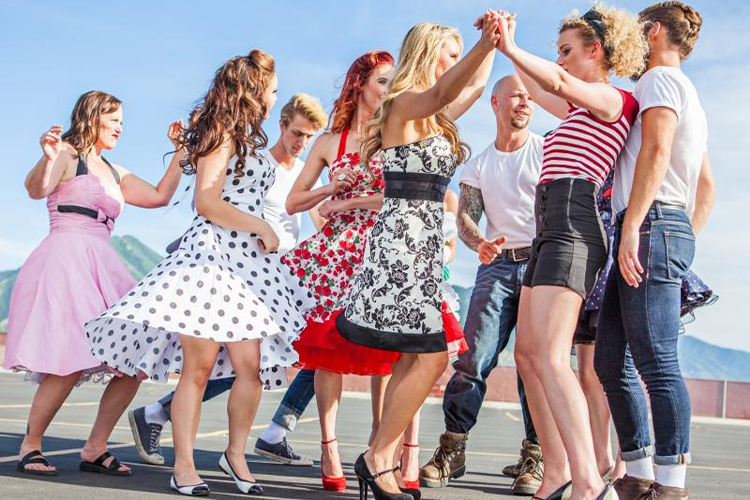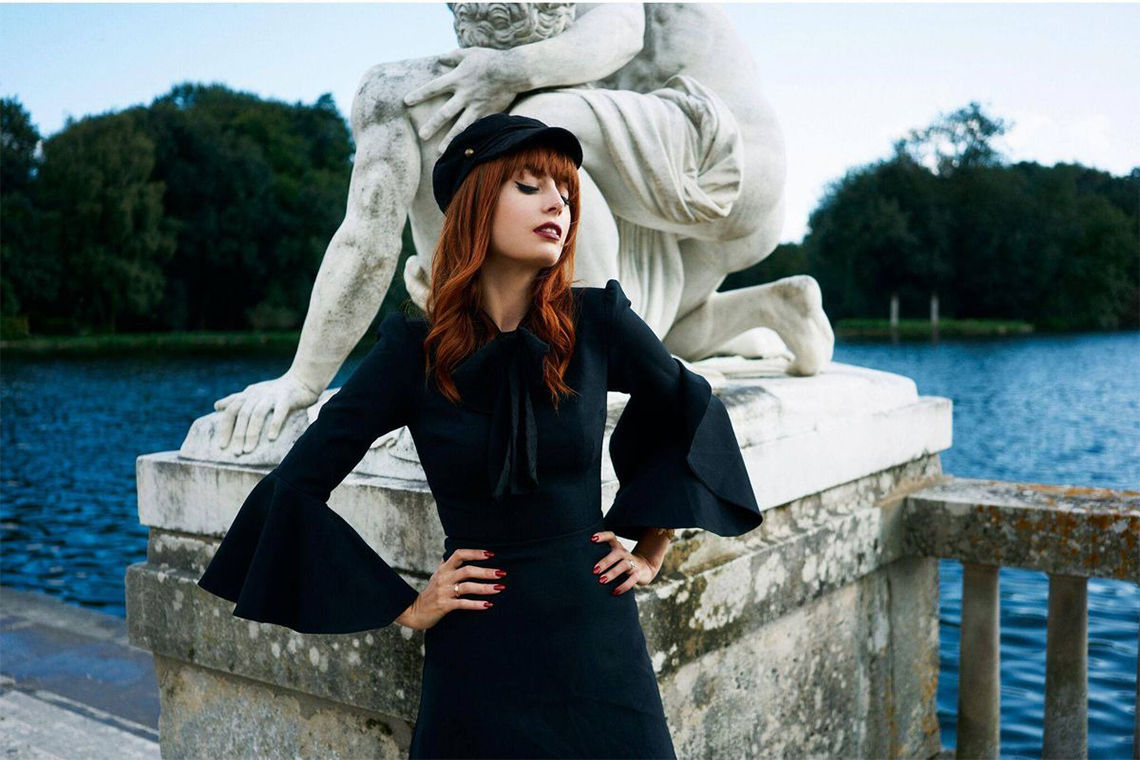Timeless Fashion – Embracing the Vintage and Retro Styles
Vintage fashion and retro styles have become increasingly popular in recent years, with many individuals embracing the unique and timeless aesthetic that these trends offer. From classic silhouettes and bold prints to antique accessories and intricate embellishments, vintage fashion and retro styles have something to offer everyone who loves to express themselves through their clothing choices.

Defining Vintage and Retro Fashion: What's the Difference?
So, what exactly is vintage fashion? Generally, the term “vintage” refers to clothing that is at least 20 years old, but typically from the 1920s through the 1980s. Retro fashion, on the other hand, refers to modern clothing styles that are designed to look like they come from a specific era in the past. These styles can range from the 1950s “pin-up” look to the 1970s bohemian style, and everything in between.
Finding Your Vintage and Retro Style – A Guide to Different Eras and Trends
One of the reasons vintage fashion and retro styles have become so popular is because they offer a unique way to stand out in a world where fast fashion dominates the market. Instead of wearing the same mass-produced items as everyone else, vintage and retro clothing allows individuals to express their individuality through clothing that is not only unique, but also environmentally friendly.
Another reason for the rise in popularity of vintage fashion and retro styles is due to the fact that they offer a nostalgic look back at previous eras. As individuals search for ways to escape the fast-paced and chaotic world of today, vintage and retro styles offer a way to step back in time and embrace a simpler, more elegant era.
Finding Your Vintage and Retro Style – A Guide to Different Eras and Trends
One of the most popular vintage fashion eras is the 1920s, also known as the “flapper” era. This era was defined by a focus on shorter hemlines, loose-fitting dresses, and bold embellishments such as fringe and sequins. Accessories such as cloche hats, long pearl necklaces, and feather boas were also popular during this time period. Today, many individuals still embrace the glamour of the flapper era, with many modern clothing designers drawing inspiration from the era’s unique styles.
Moving forward in time, the 1950s is another era that has had a significant impact on vintage and retro fashion. The 1950s were defined by full skirts, fitted bodices, and bold prints such as polka dots and gingham. This era is also known for its use of bright colors, and classic accessories such as cat-eye sunglasses, silk scarves, and gloves. The iconic “pin-up” style is also closely associated with the 1950s, with many individuals embracing the vintage glamour of this era in their own fashion choices.
The 1960s and 1970s were defined by a more bohemian, laid-back style. This era was characterized by the use of natural fabrics such as cotton and linen, as well as the popularity of denim. Bell-bottom jeans, maxi dresses, and platform shoes were all popular fashion choices during this time period. Accessories such as floppy hats, fringe bags, and round sunglasses were also popular during the 1960s and 1970s.

The Influence of Vintage and Retro Fashion on Modern Trends
One of the most interesting aspects of vintage fashion and retro styles is the way in which they have influenced modern fashion trends. Many modern designers have taken inspiration from past eras, creating modern clothing styles that incorporate vintage and retro elements. For example, many clothing designers have created modern versions of the classic “little black dress” that was popularized in the 1920s. These modern dresses incorporate the sleek silhouette of the classic dress, while also incorporating modern materials and design elements.
Incorporating Vintage and Retro Fashion into Your Wardrobe – Tips and Tricks
Another way in which vintage fashion and retro styles have influenced modern fashion is through the use of bold prints and patterns. Many modern clothing designers have taken inspiration from the bold prints and patterns that were popular in past eras, creating modern clothing styles that incorporate these unique designs. From floral prints to geometric patterns, vintage and retro styles have had a significant impact on modern fashion trends
Embracing Sustainable and Ethical Fashion with Vintage and Retro Clothing
Vintage fashion and retro styles also offer a way to embrace sustainable and ethical fashion. As consumers become more conscious of the impact their clothing choices have on the environment and the people who make their clothes, vintage and retro clothing offers a way to reduce their environmental footprint. By purchasing clothing that has already been produced, consumers are reducing the demand for new clothing to be made, which in turn reduces the amount of resources required to produce new clothing.
In addition, vintage and retro clothing often has a higher level of quality than modern fast fashion. Clothing produced in past eras was often made with higher quality materials and craftsmanship, resulting in clothing that lasts longer and can be worn for years to come. By embracing vintage and retro clothing, consumers are able to build a wardrobe that is not only unique, but also high quality and sustainable.

The Challenges of Vintage Fashion and Retro Styles
Despite the many benefits of vintage fashion and retro styles, there are also some potential drawbacks to consider. One of the main challenges with vintage clothing is finding pieces that are in good condition. Clothing that is several decades old may be more prone to damage and wear, and it can be difficult to find pieces that have not been heavily worn or damaged over time.
In addition, vintage and retro clothing may not always be the most practical choice for everyday wear. Many vintage styles are more formal or dressy, making them less suitable for casual or everyday wear. Vintage and retro clothing may also be less comfortable than modern clothing, as the materials and construction methods used in past eras were often less flexible and breathable.
The Future of Vintage and Retro Fashion – A Look Ahead
Despite these challenges, vintage fashion and retro styles remain a popular choice for many individuals who are looking for unique, sustainable, and high-quality clothing options. Whether you’re a fan of the flapper era or the bohemian 1970s, there is a vintage or retro style out there that is sure to suit your personal style and fashion preferences.
Why Vintage and Retro Fashion is Here to Stay
To conclude, vintage fashion and retro styles offer a unique and timeless aesthetic that continues to capture the attention of fashion enthusiasts around the world. These styles not only offer a way to stand out in a world dominated by fast fashion, but also offer a sustainable and ethical way to build a wardrobe that is both high-quality and unique. Whether you’re a fan of the glamour of the 1920s or the laid-back style of the 1970s, vintage fashion and retro styles offer something for everyone who loves to express themselves through their clothing choices.












